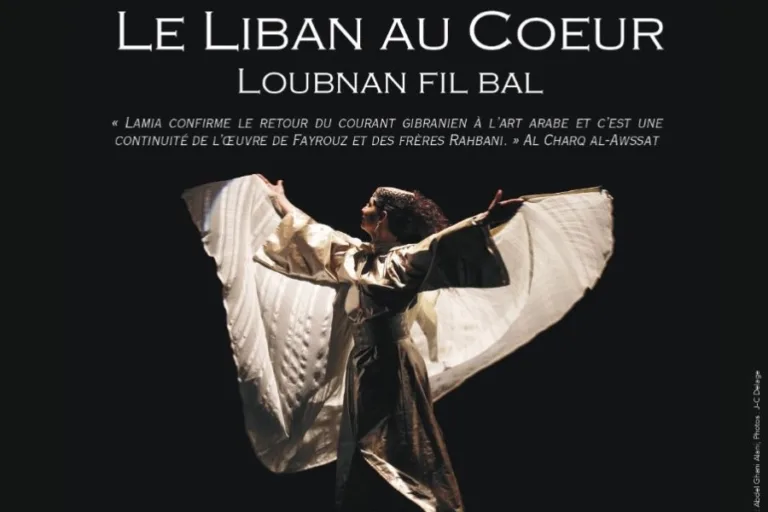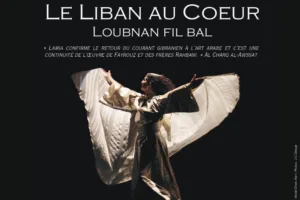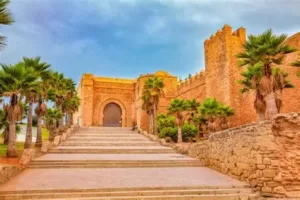A thousand years buried in silence, until now.
Fez– Archaeologists digging through the storied ruins of Ani, the ghostly medieval city in eastern Turkiye, have uncovered a rare and remarkably well-preserved sundial.
It’s a quiet but powerful reminder of how deeply ancient civilizations understood time, not just how to count it, but how to shape their lives around it.
The stone sundial was found in 2021 during excavations at Ani’s grand bath complex.
After meticulous restoration and scientific analysis, it has finally been unveiled to the public at the Kars Museum of Archaeology and Ethnography. And it’s leaving people mesmerized.
This isn’t just an old rock with a shadow, it’s one of the oldest surviving timekeeping instruments from the Middle Ages in this region.
With its half-circular shape, divided into twelve segments and marked by a central metal rod, the sundial precisely measured time using sunlight and shadow.
In a world without clocks, it offered structure and rhythm to daily life.
Ani, often called the “City of 1,001 Churches,” sits near the Turkish–Armenian border and once served as a vital gateway between the Caucasus and Anatolia.
The city was a crossroads of twenty-two civilizations, each leaving behind a layer of language, faith, and stone.
Today, the ruins of Ani stretch across 85 hectares, scattered with the remains of mosques, cathedrals, palaces, monasteries, and bridges.
Archaeologists believe as many as 1,500 underground structures may still lie hidden beneath its surface.
Around 25 major buildings are still standing, testaments to a rich multicultural history where Armenians, Georgians, Byzantines, Persians, and Seljuks once passed through and prayed.
This sundial is not just a relic. It’s a scientific treasure. It represents one of the oldest examples from the medieval period that we know of.
While the Greeks and Romans had perfected sundial technology earlier, its use declined in the Middle Ages. This discovery disrupts that narrative.
The sundial’s new home in the museum is part of a temporary exhibition project by Turkiye’s Ministry of Culture and Tourism.
But even as a temporary exhibit, it opens a permanent window into a forgotten era of timekeeping and architectural ingenuity.
After a millennium underground, this simple yet sophisticated object is finally back in the light, doing what it was always meant to do: mark time.
Read also: The Role of Moroccan Sufi Orders in Shaping Spiritual Life
















